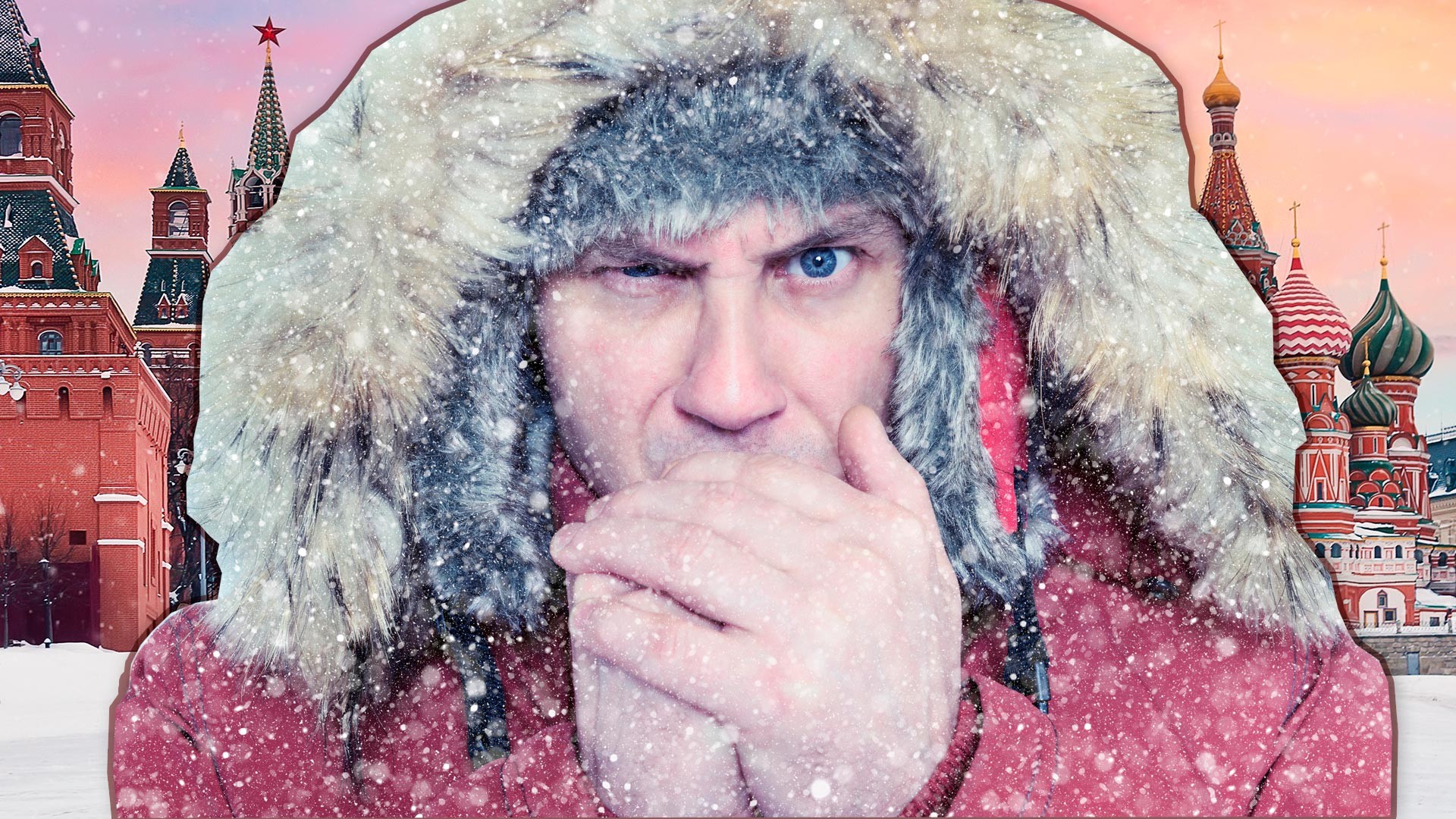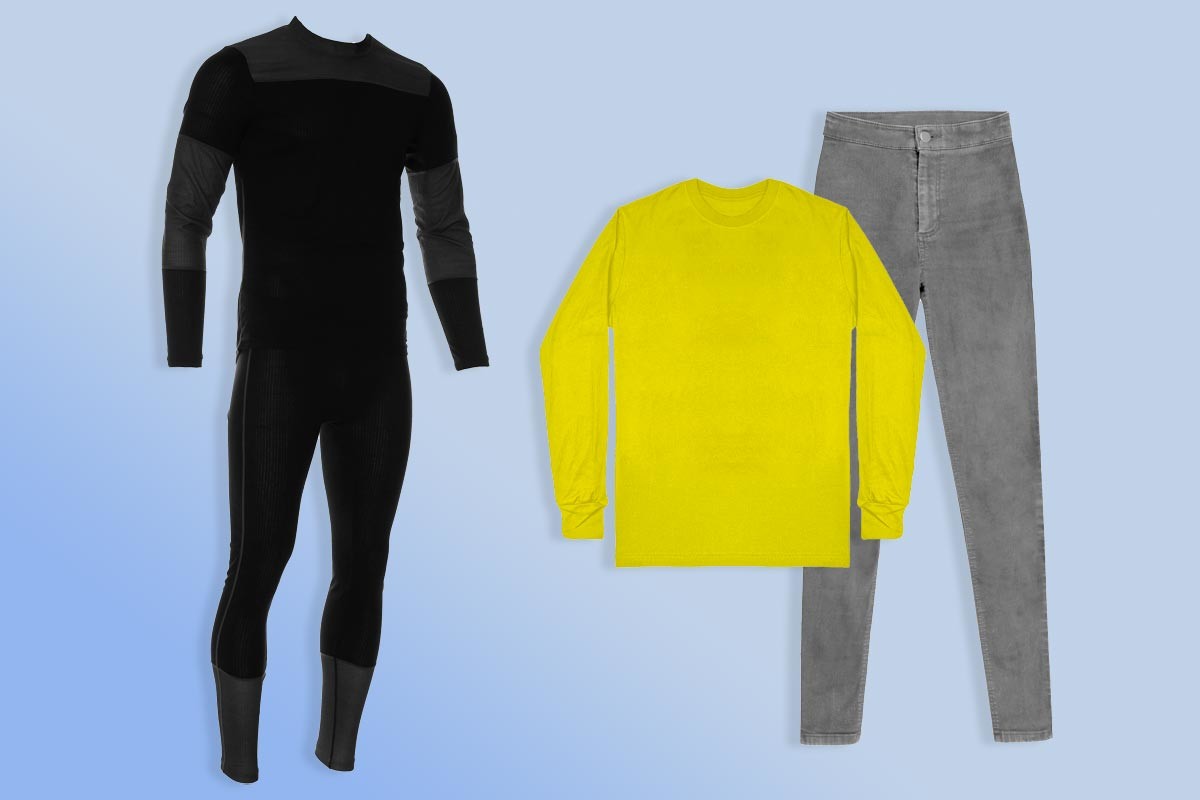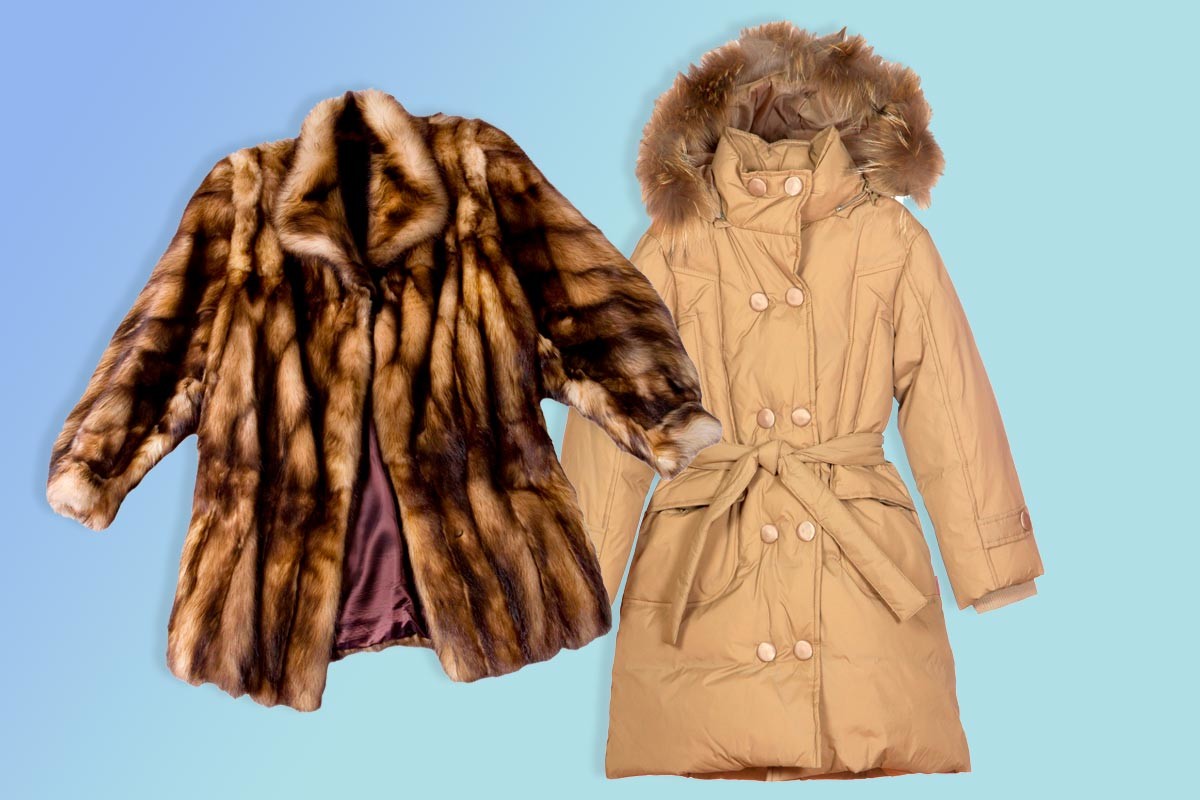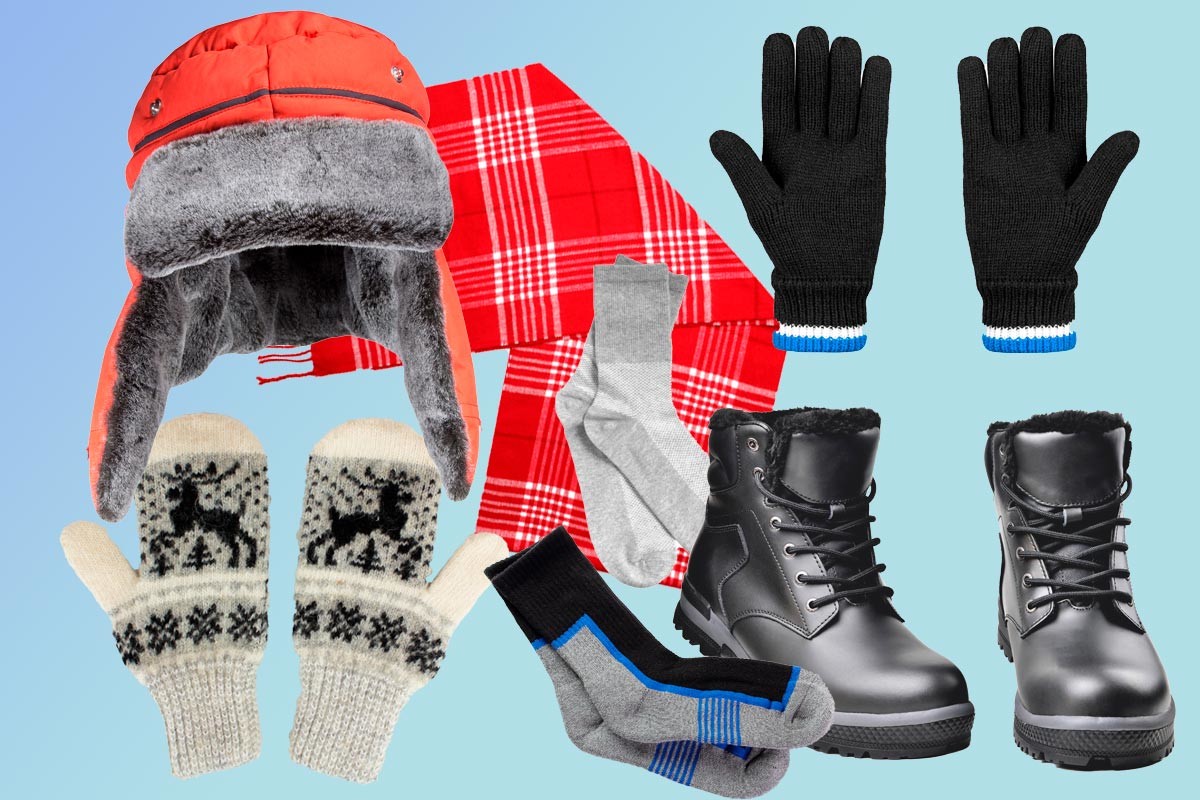
I lived in Russia for two years as a child, have been back on many visits since and now live here as a student. I would love to take this chance to offer my insight (as a foreigner) into what combination of clothes truly puts up a good fight against temperatures which can dip below -25ºC. Brrr!
Obviously, different pastimes call for different attire; physical activities like sledding or ice-skating warrant slightly fewer layers and definitely something quick drying. For less active plans, however, such as a stroll in a park, you seriously need to wrap up. This list should help you (at least) dress for somewhere in the middle, an activity of mid-intensity – not diving in and out of snowdrifts, nor sitting stationary on the ground!

Thermals come in many forms, thicknesses and materials. Standard thermals are thin, but extremely insulating, soft and flexible and cover the entirety of the four limbs. Their job is to prevent cold air from coming into contact with bare skin and create a layer of warmth between themselves and the skin – they are really very effective. Children wear them as a base layer and when indoors usually remove all additional layers down to their thermal tops and bottoms. Adults, however, are required to sport “normal” clothing underneath our winter gear, so as to go about the indoor parts of our day in clothes that do not resemble men’s 1940s pyjamas!
The solution? Choose regular clothing that acts the same as thermals, such as good-quality-cotton long sleeved t-shirts and tight-fitting jeans or trousers. These should be warm, but breathable and must ensure movement, even when other layers of clothing are added on top.

The simplest layer, but perhaps the easiest to get wrong, the fleece layer acts as your ultimate defence from the frosty chill. It can be very tempting to opt for aesthetic over warmth and select a stylish cardigan or V-neck jumper which fits well with the rest of your outfit. But be warned! If you do this, you will require a coat so unbelievably thick to compensate that you will struggle to enter doorways.
Instead, choose a thick, durable fleece or jumper, preferably wool or similar, which comes right up to the chin – a turtleneck or a quarter zip fleece with a zip work especially well. If the wind is able to creep down your neck then the chosen garment will be far less effective.

This layer is so-called because, among Russian women anyway, nothing less is acceptable! And they have a point. The шуба (pronounced “shoo-ba”) is the Russian fur coat, typically made from a range of animal furs, both genuine and artificial. Prices depend on what type of fur you choose, with mink fur usually costing the most, while rabbit fur is a more affordable option. These coats, as well as looking glamorous, are genuinely extremely warm. They have the added bonus of sweeping right down to the mid-shins or ankles that totally combats the icy wind chill, which is what ultimately makes the outdoors feel so cold. If you go for a regular waist-length jacket, then you may want to consider some salopettes or something similar for your legs.
If a шуба is not for you, or you prefer something more practical, then opt for a coat similar to one which would be worn for skiing. This should be waterproof and very warm, perhaps with ventilation nets under the arms, which can be unzipped whilst indoors.

Hat: It must have ear flaps or at least cover the ears, or they will freeze and be very sore!
Scarf: It should not be too woolly or thick, or your breath will dampen it and it will become frozen. Try a thinner, more breathable buff or snood.
Gloves: In my opinion, the single most important piece of winter clothing, without which your hands are simply immobile. I usually go for two pairs – a thin cotton or polyester layer, with which I can use my phone/an ATM, and then a thicker pair of lined mittens on top (make sure these are waterproof if you’re planning on throwing snowballs!).
Socks: Go for two pairs: A thin pair of regular socks act as your thermal layer and a good pair of thick ski socks or hiking socks work well on top – be sure to not cut off circulation though!
Shoes: It is pretty impossible to walk through Moscow in the winter without being required to walk on or through snow. For this reason, I highly recommend getting yourself a pair of snow boots; they are warm, durable, waterproof, snow-proof and can look quite smart if you choose the right ones.
If using any of Russia Beyond's content, partly or in full, always provide an active hyperlink to the original material.
Subscribe
to our newsletter!
Get the week's best stories straight to your inbox